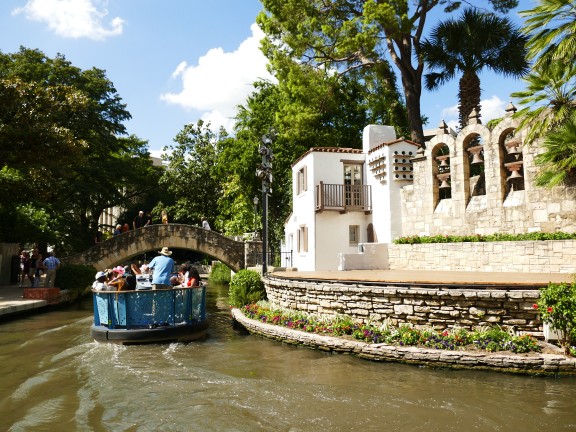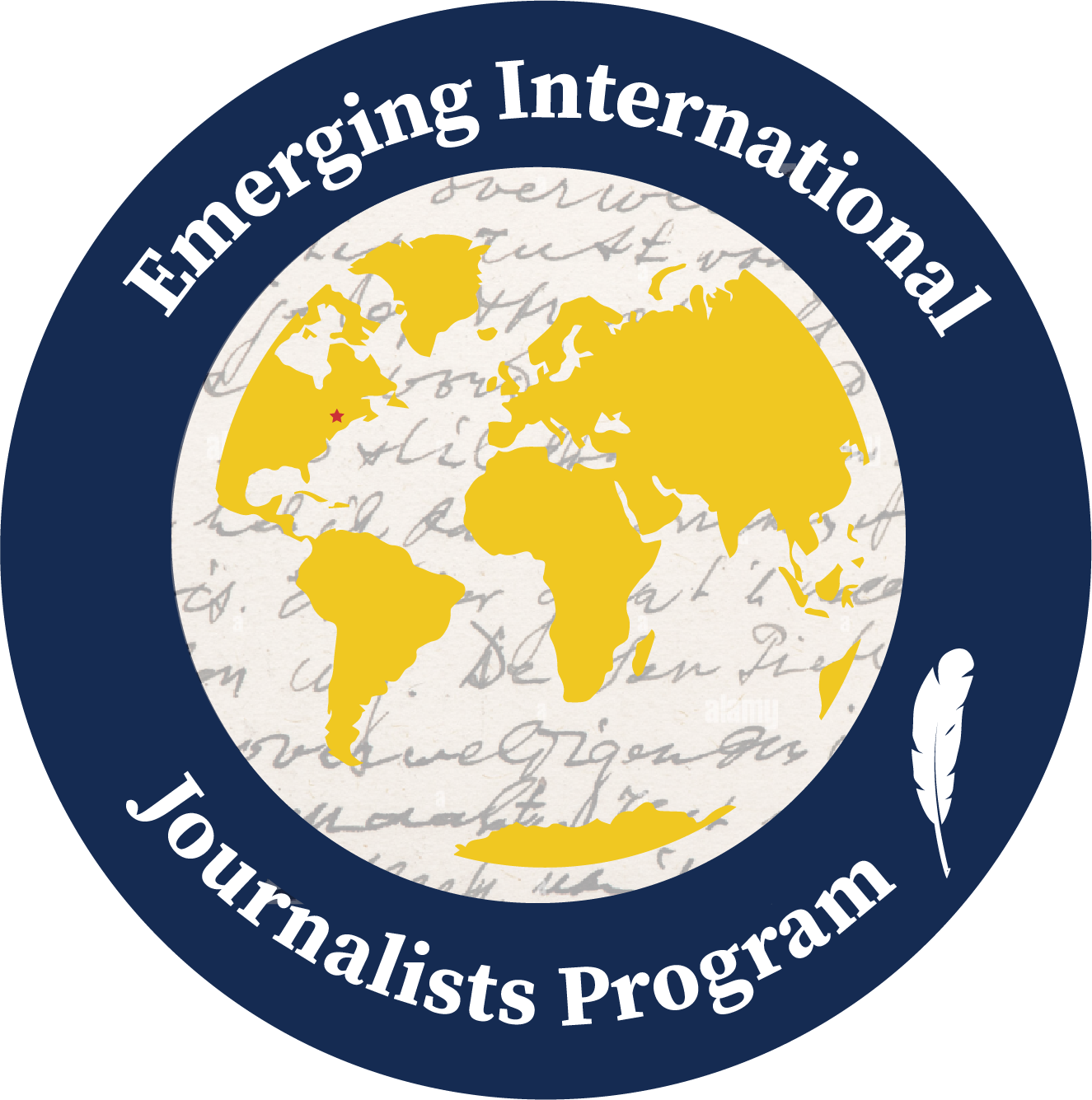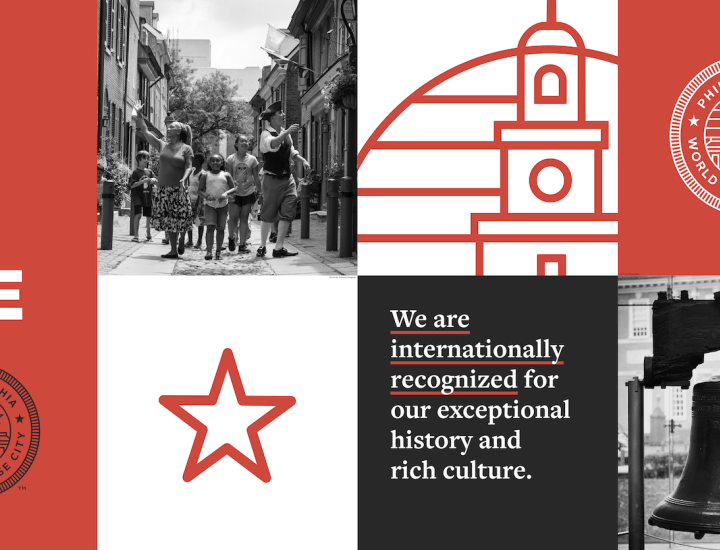World Heritage USA Conference: San Antonio's Success and Philadelphia's Parallel Journey in Heritage Preservation

San Antonio, Texas joined Philadelphia as a United States World Heritage City in 2015, and it has made extraordinary efforts in bringing recognition to and preserving its World Heritage sites. In early November, representatives from cities across North America gathered in San Antonio to observe and discuss their successes and strategies at the World Heritage USA conference. Nominations for World Heritage designations are submitted to the UNESCO World Heritage Committee by the US government, specifically the Department of the Interior, through the National Park Service's Office of International Affairs. Only sites already included on the official US World Heritage Tentative List are eligible. World Heritage USA takes on a leadership role in promoting World Heritage across the country, mirroring the role that Global Philadelphia plays at the city level.
Philadelphia leaders traveled to the fellow World Heritage City to join in on the important discussions that took place. The Philadelphia delegation included GPA President Zabeth Teelucksingh, Acting Deputy Director of the City of Philadelphia's Department of Planning and Development Martha Cross, and Stephanie Augello, World Heritage Coordinator for Moravian Church Settlements and Chief of Staff to the Mayor of Bethlehem, Pennsylvania, a town that hopes to have its Moravian Church Settlements designated as World Heritage Sites in the near future.
Cross had the opportunity to contribute ideas at the conference by presenting during the symposium. She described how World Heritage is integrated into the lives of Philadelphians because they interact with history and historic resources every day, as well as the city’s strategies in “leveraging the WHC designation to improve preservation outcomes.”
Much of the conference centered on managing interactions with different communities involved in World Heritage sites. The main insight that Augello gained was about the way in which sites must “collaborate and engage with the stakeholders and seek their input while balancing the needs of both the visitors and the residents” while “honor[ing] the rich culture of the people who contributed to the Site.” Colleen Swain, Head of the City of San Antonio World Heritage Office, further explained these ideas, as she stated that the local government often garners public opinion of residents to best understand how the sites can benefit its local population in addition to visitors. Collaborating with numerous groups who have varied interests can be complicated, which is why the communication of strategies and new ideas was particularly urgent and prevalent for the many World Heritage representatives at the conference.
In discussions of cultural recognition and interactions with all communities, the conference brought attention to San Antonio’s large Native American population, collectively referred to as Coahuiltecans, whose land is a part of the World Heritage site itself. This communities’ involvement in the site is integral because they have historically been, and continue to be, deeply involved in the area and have a right to influence what happens to it.
Finding this element of cooperation inspiring, Teelucksingh shared her admiration for the way the conference and San Antonio’s World Heritage Office bring Native American leaders to the table and recognize their ideas and contributions in their work. They were also key contributors to the tours of the San Antonio World Heritage site and the discussions about engaging with native people whose land coincides with World Heritage sites across the US, like the Grand Canyon. Attendees also learned about Native American culture and got to taste dishes inspired by Native American ingredients and recipes. Their food culture contributes to San Antonio’s designation as a City of Gastronomy, which is the practice of cooking and eating delicious, regional foods.
Of course, the conference would not be complete without also focusing on San Antonio’s World Heritage site, the Missions along the San Antonio River. Located in San Antonio Missions National Historical Park, the rich cultural history and architectural designs of the churches contributed to San Antonio’s World Heritage Missions nomination. There are five locations along the Mission Trail, with the buildings all originating in the early 18th century and exhibiting the architecture of that period. The most well-known of these Missions is The Alamo, or the Misión San Antonio de Valero, which is in a central location and where the welcoming reception for the ICOMOS conference was held.
In addition to the conversations about the role of World Heritage sites in communities, much of the conference explored the background of these Missions and encouraged discovery of their cultural and historical significance. Zabeth Teelucksingh shared that she particularly enjoyed visiting the San Jose Mission, as the structure produces beautiful movements of light and exhibits unique architectural design. The San Jose Mission also holds a special place in Colleen Swain’s heart- this was where she attended church services and festivals growing up. The Missions continue to be used for these events and ingrained in local culture, and their World Heritage site status brings visitors from across the world to share in their beauty and rich history.
As Zabeth Teelucksingh says, “winning World Heritage designation is like winning the Super Bowl of culture.” San Antonio exemplifies how World Heritage matters on national, local, and individual levels; everyone is invited to take part in the city’s World Heritage site. Martha Cross believes that World Heritage sites and the World Heritage City designation has the “ability to build civic pride,” and has seen it do so in Philadelphia.
Community involvement and continued enhancement of these sites and cities is a meaningful, cultural triumph for national, local, and individual communities, fostering pride that will continue to grow as recognition of World Heritage increases across the globe. GPA stays committed to encouraging this growth by being involved in many international conferences and creating new, informative initiatives right in Philadelphia.


